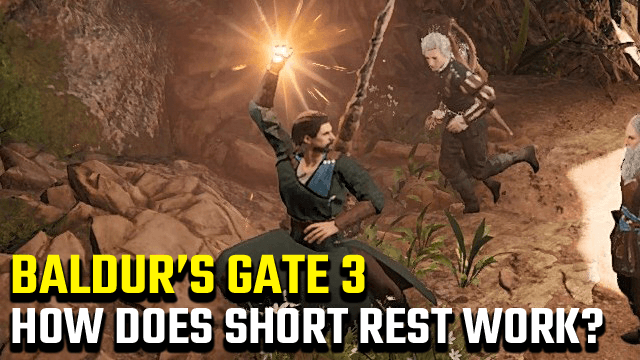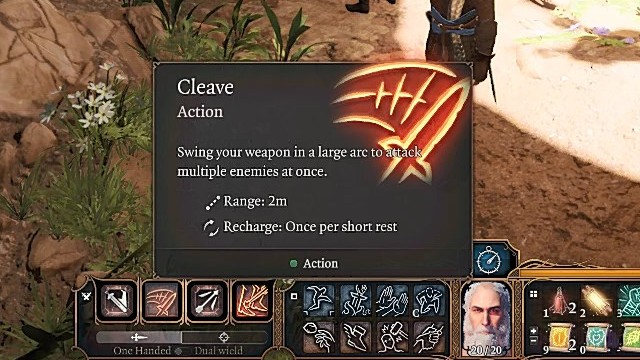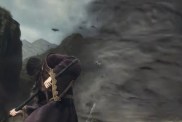There are two types of rest in Baldur’s Gate 3, long rest and short rest. Long rest takes the player to their camp, where they can interact with a bedroll and sleep through the night. On the other hand, short rest has less of a visual indicator to show players what it does.
Both long rest and short rest have their uses in Baldur’s Gate 3. However the game doesn’t do a very good job of explaining their differences (just like it doesn’t do a good job of explaining which weapon is strongest). We’ll cover the strengths and weaknesses of how short rest works below.
What does short rest do in Baldur’s Gate 3?
The main differences between the two rest types in BG3 are:
- Short Rests: Heal a small amount of health and replenish charges of certain abilities. Can be performed instantly (as long as no enemies are around).
- Long Rest: Must proceed to camp, restores all health and skill charges, and ends the day.
In Dungeons & Dragons, many abilities and spells are controlled by charges. Instead of using MP or Ability Points to perform certain actions, a character will get a certain amount of charges to use per day. Once those are used up, a player is required to rest before they regenerate.
Baldur’s Gate 3 follows the D&D 5th edition rules very closely. As such, many abilities require players to rest after their use. A short rest can be triggered in between long rests (once per day) and provides limited health restoration. Additionally, a short rest can restore the charges of some abilities, usually lower-level ones.
Players can tell the difference between which abilities are recharged by a short rest, like Cleave, by hovering over it. If an action needs a rest period, it will have text that reads, “Recharge: Once per short rest.” Spell Slots, which represent one magic spell charge, cannot ever be refilled by using a short rest. Instead, the player must either head to their camp for a long rest or use Arcane Recovery.












